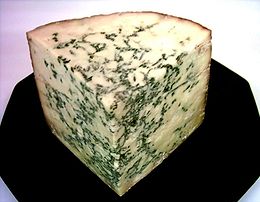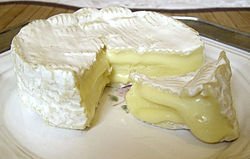Over the holidays I purchased two cheeses–a Stilton and a Camembert. They were quite tasty but time passed and they both sat forgotten in the fridge as a variety of meats and vegetables were consumed from around them. Several weeks went by and, at last, having eaten everything else, we caught sight of them and decided to indulge ourselves last night.
And indeed we did.
When we first tasted the Stilton it was sophisticated, pungent, complex, buttery, and powerful. When we tasted it several weeks later it was nearly identical in texture and in flavor.
The Camembert, on the other hand, with notes both bitter and sweet, texture solid and fluid, had been delicious. Several weeks later, this cheese had turned into a monster. It raged through our taste buds and took no prisoners. It was amazing.
The makers of the Stilton had made a choice to embrace logos, thought, and reason, the stuff of empire, to produce a cheese that would hit a note of power, correctness, and sophistication.
The makers of the Camembert had also made a choice, but a very different one, a choice to embrace mythos, to risk rot and decay, for the possibility of greatness, cheese-wise.
The Stilton, the king of cheeses, is constantly aware of class, society, and one’s place in it.

The Camembert, questionably pasteurized, borders on the rude, is shockingly romantic, and ready to make war at a moment’s notice.

